Did you know electric blue rams, a stunning color morph of the ram cichlid, can live up to 4 years with good care? Since their development in 2009, these vibrant fish have won the hearts of many. But, keeping them healthy is more challenging. They need a stable home, precise water conditions, and a specific diet to really do well.
Being an electric blue ram owner, I’ve found they aren’t for those new to fish keeping. They require a clean tank, strong filtration, and frequent water changes. Maintaining a temperature of 78-86°F and a pH of 6-7 is key for their well-being. Also, these fish are omnivores. This means they eat both meaty and green foods.
Setting up a tank for electric blue rams isn’t too hard. A pair will thrive in a 20-gallon community tank or a 10-gallon breeding tank. Breeding these fish, however, can require a big initial investment. But, you can start with a group of young fish and let them pair up naturally. This can be a more affordable option.
This guide will cover everything you need to know about electric blue rams. We’ll talk about what they eat, where they should live, how to breed them, and more. By the end, you’ll have all the information you need to keep your rams happy and healthy.
Table of Contents
Key Takeaways
- Electric blue rams need stable water with a temp of 78-86°F and a pH of 6-7
- A varied diet is crucial for their health
- Keeping their tank clean with regular water changes is a must
- With the right care, electric blue rams can live up to 4 years
- Breeding them can be hard, and it may be expensive to get a breeding pair
Introduction to Electric Blue Rams
Electric blue rams are a stunning type of ram cichlid. They first entered the fish trade in 2009, delighting aquarium fans. These fish come from the Orinoco River Basin in parts of Venezuela and Colombia. While they aren’t easy for beginners, they’re manageable for seasoned aquarists. You just need to know their tank needs and which fish they get along with.
It’s important to learn about electric blue rams before adding them to your tank. They usually reach about 1.5 inches but can grow up to 3 inches. With proper care, they can live 3 to 4 years. These cichlids can be picky about water conditions and need a peaceful, well-maintained tank.
Remember, you must keep the water just right for your rams. Here are the key points:
- Temperature: 76-86°F (optimal around 82°F)
- pH level: 6.0-7.5 (slightly acidic)
- Water hardness: Not exceeding 10 KH
You’ll also need a big enough tank for them. A pair of electric blue rams need at least a 20-gallon home. If you add more, go for a bigger tank to prevent fights and give them space. During breeding, their aggression may rise.
| Ram Cichlid Species | Average Size | Lifespan | Ideal Temperature |
|---|---|---|---|
| Electric Blue Ram | 1.5-3 inches | 3-4 years | 76-86°F |
| German Blue Ram | 2-2.5 inches | Up to 4 years | 84-86°F |
| Gold Ram | 2-2.5 inches | 3-4 years | 78-85°F |
These rams eat both meat and veggies. Their diet should include high-quality pellets, live or frozen foods, and some greens. This mix will keep them healthy and show off their colors.
Adding electric blue rams to your tank can be great, but do your homework first. Check if they’ll get along with your other fish. Make sure their tank is just how they like it. Then, get ready to watch these amazing cichlids for many years.
Origins and Natural Habitat
Electric blue rams are a beautiful variety of the ram cichlid fish. They became popular in 2009. Their home is the Amazon Basin in South America, in places like Venezuela and Colombia.
In the wild, these fish live in shallow waters with slow, acidic water. They enjoy sandy bottoms and a lot of plants.
To make your aquarium feel like home for electric blue rams, add some key things. You should put in moss, driftwood, and plants. This not only looks nice but also gives the rams places to hide and lay eggs.
Water Parameters for Electric Blue Rams
It’s important to keep the right water conditions for electric blue rams. This keeps them healthy. In the wild, they like:
- Temperature range: 78° to 85°F (25.5° to 29.4°C)
- pH level: 5 to 6 (soft and acidic water)
In tanks, these fish can handle a little higher pH, up to 7.1. This means you have some flexibility in setting up your aquarium.
Replicating the Amazon Basin in Your Aquarium
For a great home for your electric blue rams, follow these steps:
- Keep the temperature steady, between 78° and 86°F (25.5° to 30°C).
- Ensure the pH is 6 to 7 for the best health.
- Use a soft, sandy bottom like they have in the wild.
- Plant live plants to give hiding spots, like Amazon swords and Vallisneria.
- Driftwood and rocks can make good hiding places and create territories.
Making your aquarium like the rams’ natural habitat is key. This ensures they live happy and healthy. With the right care, your electric blue rams will show their bright colors and interesting behaviors for a long time.
Tank Setup and Water Parameters
Setting up a tank for electric blue rams involves the right tank size, water conditions, and a strong filter system. These energetic fish need a special home to be healthy and happy. Ensuring the right conditions is crucial for their well-being.
Tank Size and Gallon Requirements
Even though electric blue rams are small, they require a big area to swim and mark their own space. A 20-gallon tank is the smallest size for just one pair of rams. More pairs need more room. If you have more than one pair, a 10-gallon increase per pair is needed. For instance, two pairs would need a 40-gallon tank.
| Number of Electric Blue Ram Pairs | Minimum Tank Size (Gallons) |
|---|---|
| 1 Pair | 20 Gallons |
| 2 Pairs | 40 Gallons |
| 3 Pairs | 60 Gallons |
| 4 Pairs | 80 Gallons |
Temperature and pH Levels
Electric blue rams come from warm, acidic waters in the Amazon. To keep them well, make sure their tank water is between 78°F and 86°F. The best range is 82°F to 84°F. They like their water slightly acidic, with a pH of 6.0 to 7.5.
Filtration and Water Changes
Good water quality is key for the health of electric blue rams. A strong filter that combines mechanical and biological filtration is best. However, avoid strong currents. Blue rams prefer water that flows slowly, like their natural home.
Regular water changes are also important. Change 10% to 20% of the water every week. Use a gravel vacuum to clean the substrate. Always add a water dechlorinator to new water to remove harmful chemicals.
Creating the perfect tank for electric blue rams means providing the right environment. Investing time at the start will pay off in keeping your fish happy and healthy for a long time.
Decorating the Electric Blue Ram Aquarium
When you’re making a tank for electric blue rams, mimic their natural home. Add the right decorations and plants. This will make the rams feel at home and do well.
Mimicking Their Natural Habitat with Plants and Driftwood
Electric blue rams live in the Orinoco River area in South America. They like slow water and lots of plants. Add plants like:
- Amazon sword plants
- Java fern
- Anubias
- Cryptocoryne
- Vallisneria
These plants make your tank look natural and give fish places to hide. Use driftwood too. It makes your tank look more like their real home.
Providing Hiding Spots and Open Swimming Areas
These fish need both hiding places and room to swim. Plants and driftwood are great for hiding. But, keep some spaces open for swimming.
You can make hiding places with:
- Caves or rock formations
- Coconut shells
- Terracotta pots
- PVC pipes
If you want to breed these fish, use flat stones for eggs. They like to lay eggs on flat surfaces.
| Tank Size | Recommended Plants | Hiding Spots |
|---|---|---|
| 20 gallons (75 L) | Java fern, Anubias, Cryptocoryne | Caves, coconut shells |
| 30 gallons (114 L) | Amazon sword, Vallisneria, Java fern | Rock formations, terracotta pots |
| 40 gallons (151 L) or larger | All of the above, plus floating plants | Driftwood, PVC pipes, breeding slates |
By setting up your tank with care, you’ll have a great home for electric blue rams. Mix plants, driftwood, and open spaces well. This will meet all their needs.
Suitable Tank Mates for Electric Blue Rams
When picking friends for your electric blue rams, think about their chill vibe and need for a particular home. Stick with fish that like the same water and won’t pick on them. Stay away from pushy or quick fish.
Good buddies for electric blue rams are calm and slow creatures. Think about adding catfish, cardinal tetras, or bristlenose plecos.
- Catfish
- Cardinal tetras
- Silver dollar fish
- Bristlenose plecos
- Neon tetras
- Clown loaches
- Dwarf gouramis
- Guppies
- Corydoras
Size matters when picking friends for your rams. If you have a 29-gallon tank, one pair of German blue rams is enough. Add small, friendly fish like tetras. For bigger tanks, like a 60-gallon, you can have three electric blue rams. Add friends such as cardinal tetras and otocinclus catfish.
Less bottom fish means more room for your rams. This reduces fights and makes everyone happier. Lots of plants will also help your rams feel safe.
| Tank Size | Recommended Number of Electric Blue Rams | Compatible Tank Mates |
|---|---|---|
| 20 gallons | 1 pair | Tetras, rasboras, corydoras, shrimp |
| 29 gallons | 1 pair | Tetras, rasboras, bristlenose plecos |
| 60 gallons | 1 trio | Cardinal tetras, espei rasboras, otocinclus catfish, phantom tetras |
Adding creatures like shrimp? Make sure they’re too big to be a snack. Always research if a new friend will fit in well. With the right friends and care, your electric blue rams will be very happy.
Diet and Feeding Requirements

Electric blue rams love a mix of meaty and plant foods. They eat small bugs, invertebrates, and plants in the wild. For top health and bright colors, feed them high-quality pellets, flakes, and fresh or frozen food.
Balanced Omnivorous Diet
Choose commercial foods with proteins, veggies, and vitamins for your rams. Great choices include:
- High-quality cichlid pellets or flakes
- Spirulina-based foods
- Algae wafers
- Blanched spinach or lettuce
Enhancing Colors with Live and Frozen Foods
Adding live and frozen foods is good too. They boost colors and give important nutrients. Use foods like:
- Brine shrimp
- Daphnia
- Bloodworms
- Mosquito larvae
It may take time for some rams to eat new foods. Be patient and keep trying. They will eat it eventually with some encouragement.
Appropriate Feeding Frequency and Portion Sizes
Feed small meals often to keep your rams healthy. Give food 2-3 times a day, enough for them to eat in 2-3 minutes. A good amount is about the size of their eye.
| Age | Feeding Frequency | Portion Size |
|---|---|---|
| Juvenile (1-4 months) | 3-4 times daily | Small pinch |
| Adult (4+ months) | 2 times daily | Eye-sized portion |
Watch your rams to see what they need. Make sure their diet is varied and balanced. This will keep them happy and healthy in your tank.
Electric Blue Ram Care: Maintaining Water Quality
As an electric blue ram keeper, keeping the water clean is key for my fish’s health. I change the water often and watch the tank’s conditions. This care is vital for their wellbeing.
Regular Water Changes and Testing
I do weekly water changes, switching out 10-20% of the water. This helps remove waste and keeps minerals balanced. I test the water often to make sure it fits the needs of electric blue rams:
| Parameter | Ideal Range |
|---|---|
| Temperature | 78-86°F (25.5-30°C) |
| pH | 6.0-7.0 |
| Hardness | 1-5 dGH |
| Ammonia | 0 ppm |
| Nitrite | 0 ppm |
| Nitrate | <20 ppm |
Avoiding Strong Currents from Filtration Systems
I avoid filters that make the water move too fast. Electric blue rams, from Amazon’s slow waters, feel better with gentle currents. I use filters that I can adjust to be gentle. This way, their natural way of swimming isn’t disturbed.
By doing regular water changes, checking water levels, and having calm water, I keep my electric blue rams happy. It’s crucial for their health. I never miss a day of caring for them to ensure their wellness.
Common Health Issues and Prevention
I’ve learned a lot as an electric blue ram keeper. These fish are very sensitive to changes in water. Bad water can cause many health problems, like tuberculosis, ich, and fin rot.
Fish tuberculosis is very contagious. It can harm all your electric blue rams. Look out for weight loss, ulcers, dropsy, and bulging eyes in them.
- Weight loss and loss of appetite
- Ulcers and nodules on the body
- Dropsy (swelling of the body cavity)
- Bulging eyes
- Lethargy and listlessness
To stop diseases from spreading, keep the water clean. Do this by cleaning the tank and its decorations often. Change 10-20% of the water every week. Use water testing kits to check the quality regularly.
| Disease | Symptoms | Prevention |
|---|---|---|
| Tuberculosis | Weight loss, ulcers, nodules, dropsy, bulging eyes | Maintain proper water quality, regular cleaning, and sterilization of tank decorations |
| Ich | White spots on the body and fins, scratching against objects | Maintain stable water temperature, quarantine infected fish, treat with medication |
| Fin Rot | Frayed, ragged, or discolored fins | Maintain good water quality, avoid overcrowding, treat with antibiotics |
| Skin Flukes | Excessive mucus production, redness, and irritation of the skin | Maintain good water quality, quarantine infected fish, treat with anti-parasitic medication |
If your fish get sick, a vet might help. They can give you antibiotics. But it’s better to prevent diseases. Always watch the water quality and fix any problems fast.
Keep the tank clean to protect your electric blue rams. A good home means they stay healthy and happy.
Breeding Electric Blue Rams
Breeding electric blue rams is rewarding for dedicated fish lovers. These fish were created in 2009 and are rare compared to other rams. They might cost more, but with the right effort, you can breed them at home.
Feeding them a varied diet is key for breeding. Give them lots of live food such as shrimp or bloodworms. This helps get them ready for spawning and makes sure their eggs and fry are healthy.
Creating the Ideal Spawning Environment
Rams need a good place to lay eggs. Choose from flat stones, breeding slates, or even yarn. Female fish like these places to lay their eggs. When preparing a tank for breeding, keep these tips in mind:
- 20-gallon tanks are good for one pair of rams. Two pairs need at least a 40-gallon tank.
- Keep the water between 84-86°F (29-30°C) and change it weekly to keep it clean.
- Add flat stones, pots, saucers, and plants like java moss for hiding and spawning spots.
Egg and Fry Care
Eggs usually hatch in about 40 hours with warm water. A female can lay from 150 to 300 eggs, but it varies a lot.
Both parents help take care of the eggs and fry. One guards while the other keeps the eggs clean. The young fish start swimming on their own in about five days.
| Stage | Duration | Care |
|---|---|---|
| Egg | 40 hours | Parents fan water over eggs to prevent infections |
| Fry | 5 days until free-swimming | Parents guard and care for fry until self-sufficient |
New fish parents might lose their first few batches. But most get better with practice, so don’t give up if it doesn’t go perfectly at first.
Keeping the water right and reducing stress boosts breeding success. With effort and care, you can watch these amazing fish grow from eggs to adults.
Lifespan and Growth
Electric blue rams are a captivating type of the ram cichlid. With proper care, they can live vibrant lives. Normally, these fish live for 2 to 3 years when conditions are just right. Yet, some have been known to live up to 4 years with extra attention.
When it comes to size, electric blue rams typically grow to be 2 to 3 inches long in home aquariums. This makes them a great choice for smaller tanks. Also, you can tell male rams from females by looking at their dorsal fins. Males have longer ones.
To help your blue rams live as long as possible, you need to keep their tank in great shape. This means stable water conditions. Keep the water between 78 and 86 degrees Fahrenheit. Also, the water’s pH should be 5 to 6, which is like their natural home.
It’s very important to keep the water clean. This is done by using a good filter and changing the water every week. Doing this keeps the environment healthy for your fish by reducing waste.
| Lifespan | Growth |
|---|---|
| 2 to 3 years on average | 2 to 3 inches (5 to 7.6 cm) |
| Up to 4 years with optimal care | Males have slightly longer dorsal fins |
Along with clean water, feeding them the right food is essential for their health. Blue rams eat both meat and plants. So, give them a mix of quality flakes or pellets. Sometimes, add treats like brine shrimp and bloodworms.
By taking good care of your electric blue rams, they will bring you joy for many years. A healthy tank and the right food are the secrets to keeping these beautiful fish happy and healthy.
Conclusion
In short, electric blue rams are dazzling fish for a freshwater tank. They need special care to do well. Knowing their natural home, what they eat, and their tank needs is key. This way, you can keep them healthy and happy.
Creating the right ram cichlid tank involves many elements. You must think about the tank’s size, water conditions, and the type of water movement. A good setup should look like their wild lives. Regularly cleaning the tank and changing the water keeps your fish fit and content.
Ram cichlid compatibility is also vital. Electric blue rams are usually peaceful. But, they might fight, especially if there are many males. It’s smart to choose friends for them like cardinal tetras and rummy nose tetras. This creates a happy fish community.
With the right care, electric blue rams can live up to four years. They bring lots of fun and interest to your days. This guide can help anyone, new or experienced, have a beautiful tank with these little colorful cichlids. Enjoy your aquarium!
FAQ
What are the ideal water parameters for electric blue rams?
What should I feed my electric blue rams?
How big of a tank do electric blue rams need?
What fish make good tank mates for electric blue rams?
How often should I perform water changes for my electric blue ram tank?
How can I encourage my electric blue rams to breed?
What are some common health issues in electric blue rams?
How long do electric blue rams typically live?
References
The South American Cichlid Association (SACA)
The American Cichlid Association (ACA)British Cichlid Association
I am a passionate aquarist with over 30 years of hands-on experience in fishkeeping. My journey began at a young age, collecting fish from the wild and learning through experimentation. Specializing in tropical fish, I bring a deep understanding of the hobby to FishKeepingMadeSimple. The site provides honest, detailed reviews of essential products and accessories to help fellow enthusiasts create the best environments for their fish.

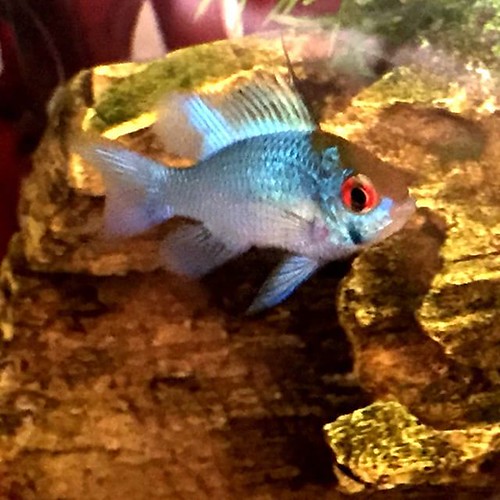
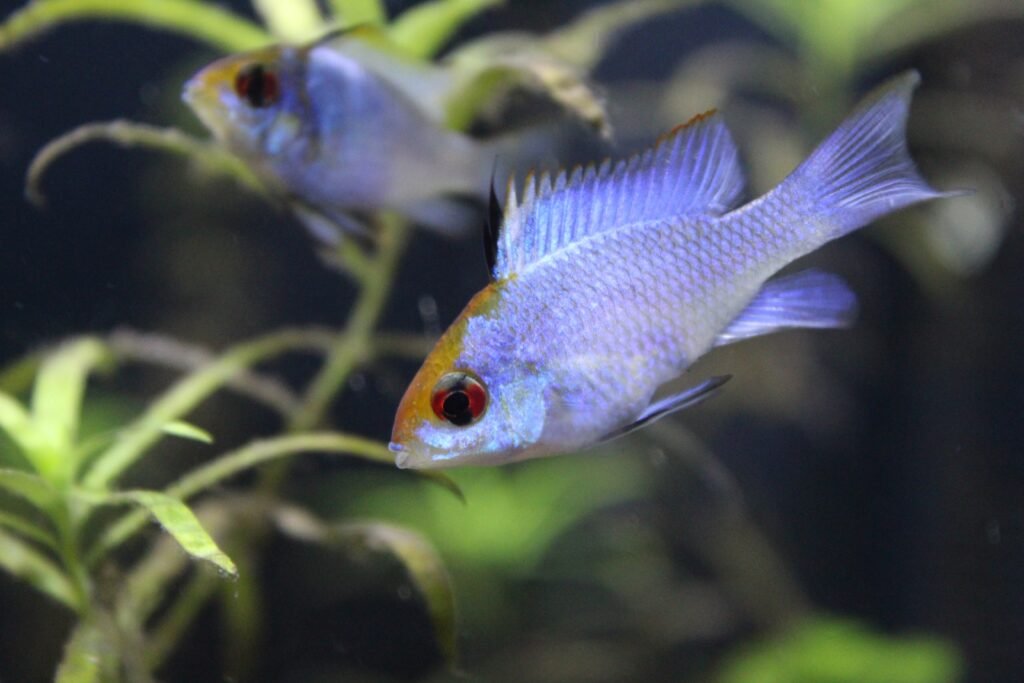
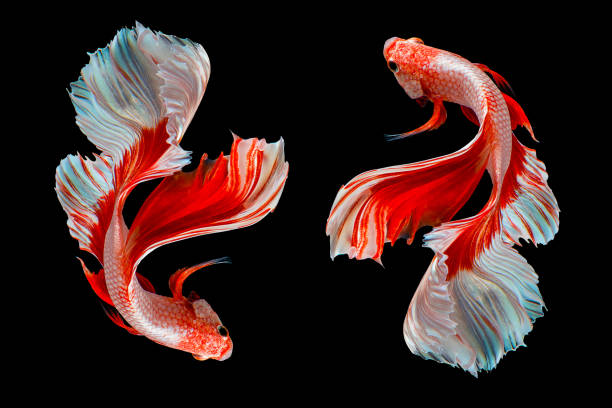
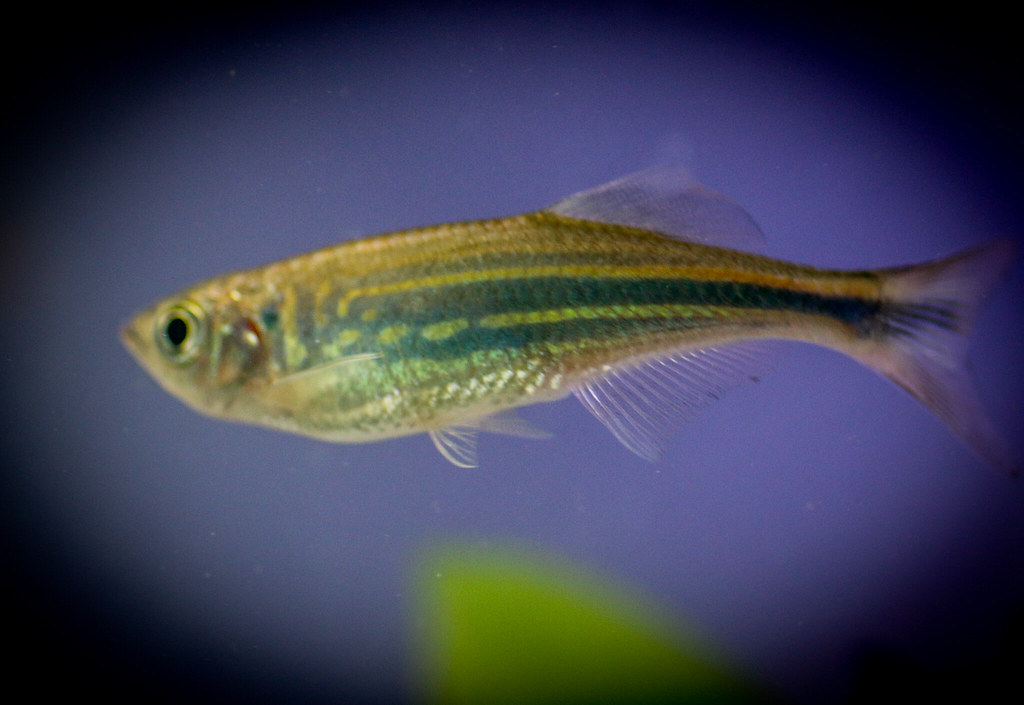


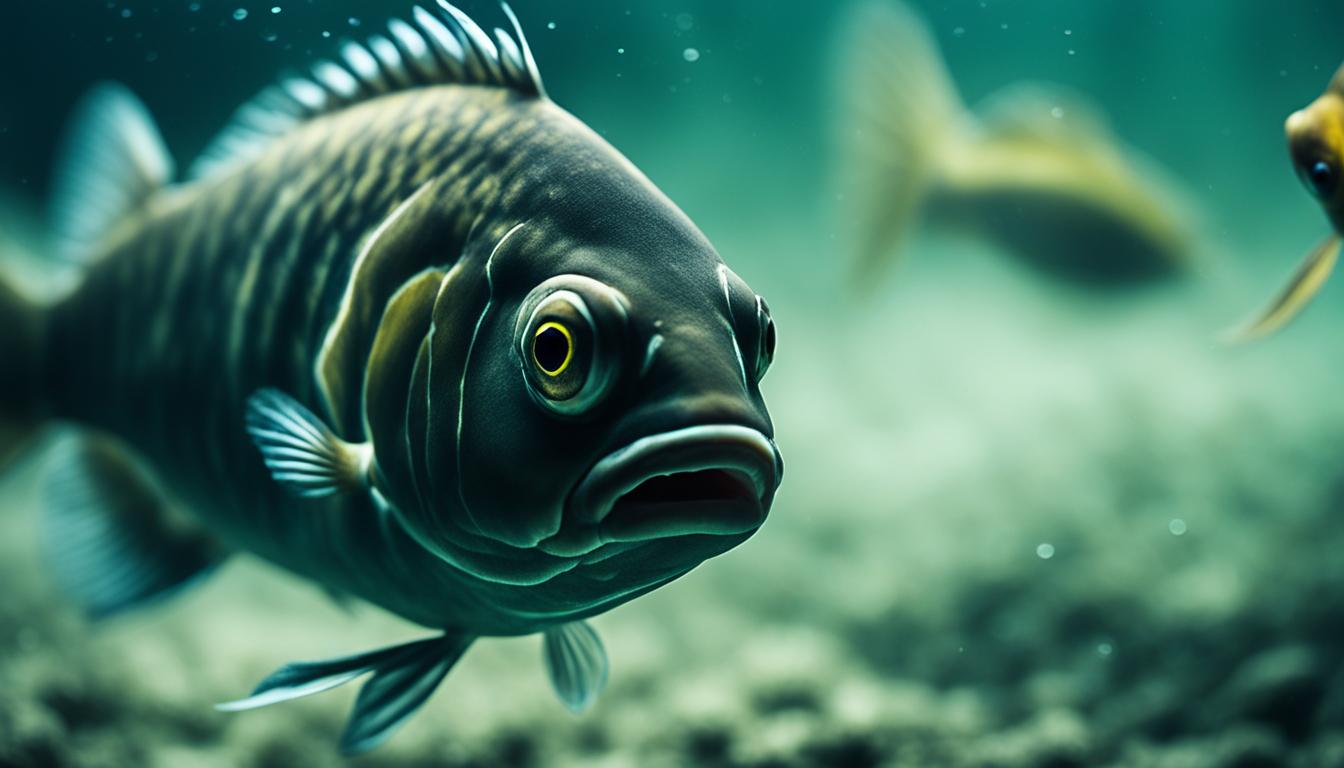

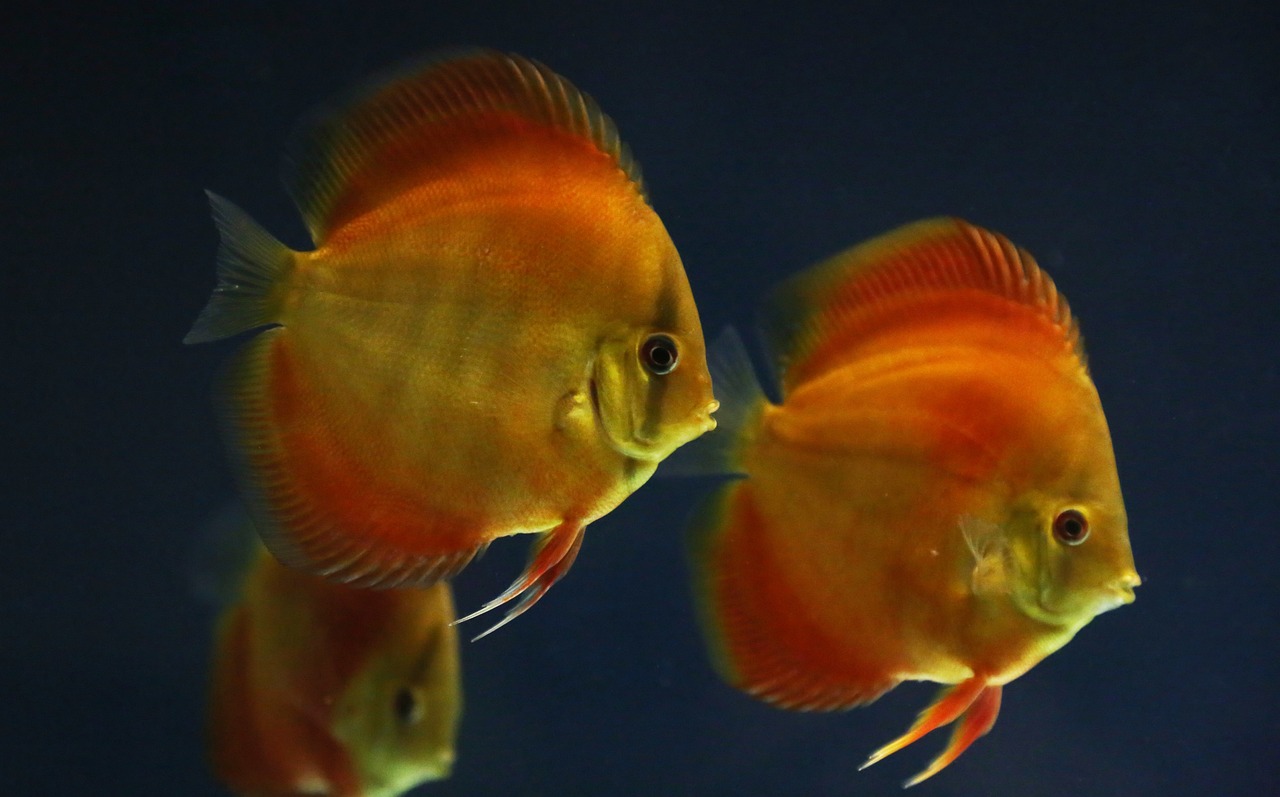
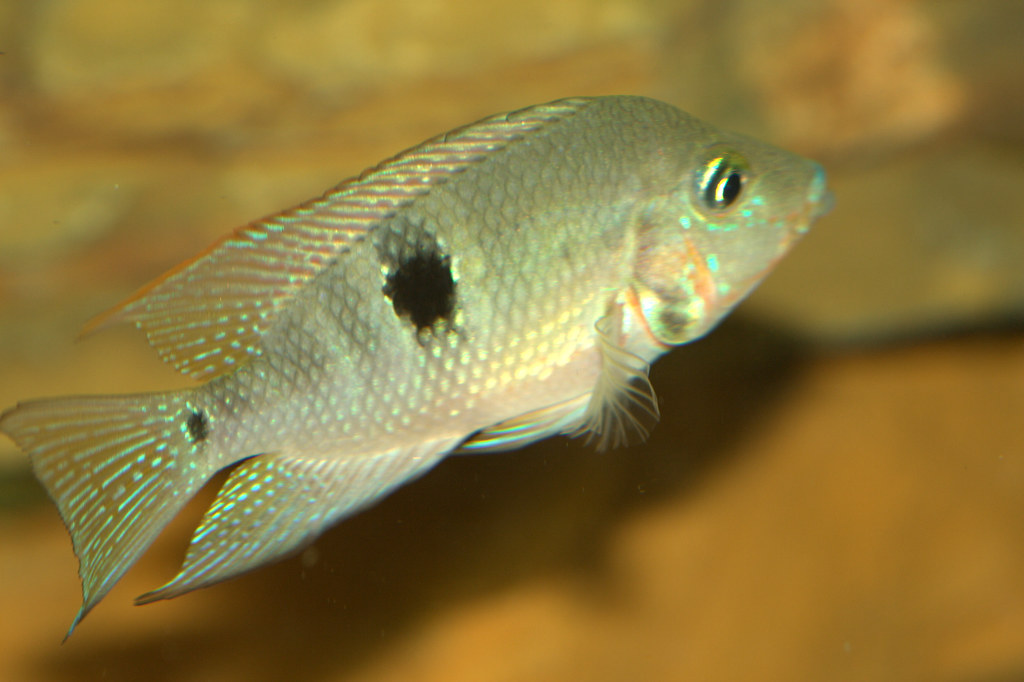
[…] to 86 degrees Fahrenheit, 82 degrees being perfect. Aim for a pH level from 6.0 to 7.5. Testing the water often is key to keeping these fish healthy. It helps keep their environment just […]
[…] Keep the tank’s water steady. Test it every day for a week or two after adding your shrimp. With the right care, your shrimp family can grow fast. […]
[…] South American Cichlids […]
[…] Weed is great for creating a stunning, carpeted look in your tank. It also helps keep your aquarium healthy. With proper care and the right conditions, you can enjoy this fast-growing plant in your […]
[…] They can give the right diagnosis and treatment. By being watchful and acting fast, you can keep your fish healthy and your aquarium […]
[…] in pH levels, while others require a stable and specific pH range. For example, African cichlids prefer a higher pH range of 7.8-8.6, while neon tetras thrive in a lower pH range of […]
[…] suitable tankmates for gulper catfish include larger, more robust fish, such as larger cichlids or peaceful bottom […]
[…] peaceful and can coexist with a variety of community fish species. Good tank mates include peaceful cichlids, tetras, rasboras, and other non-aggressive bottom-dwellers like Corydoras […]
[…] Offer a balanced diet: Dwarf Otocinclus are herbivores, so it’s crucial to provide them with a varied diet rich in algae and other plant matter. Offering a combination of specialized algae wafers, blanched vegetables, and occasional spirulina flakes will keep them happy and healthy. […]